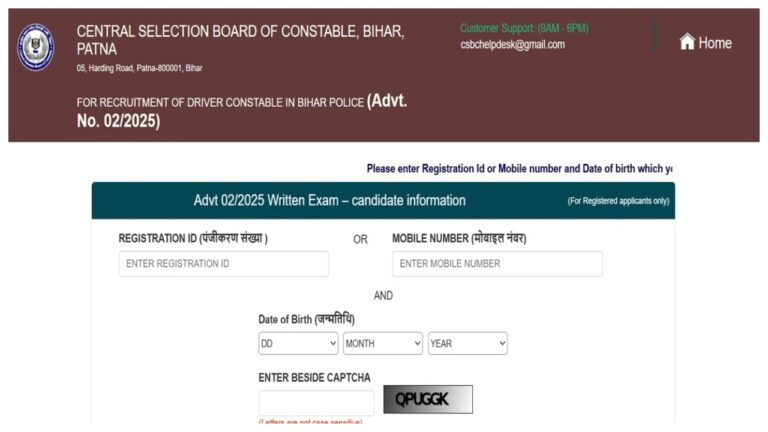PPF, or Public Provident Fund, is a government-backed investment scheme. It is run by the central government, and any Indian citizen can invest in it. You can open a PPF account in any bank across the country or at a post office. The amount you can deposit in a PPF account ranges from Rs 500 to Rs 1.5 lakh annually. This account has several special features. You can either make a lump sum investment annually or choose to deposit money in instalments.
PPF Interest Rate and Investment Limits
The central government currently offers an annual interest rate of 7.1% on PPF accounts. You can deposit a minimum of Rs 500 and a maximum of Rs 1,50,000 annually. The scheme matures in 15 years, but it can be extended in 5-year intervals, allowing the account to last up to a maximum of 50 years. To keep the account active, you must deposit at least Rs 500 every year. If you fail to do so, your account will be closed.
Loan Facility on PPF
A loan facility is available for PPF account holders. After 5 years of opening the account, you can take a loan of 25% of the total amount deposited in the account. Additionally, you can withdraw 50% of the balance once the account has been active for 5 years.
How Much Will You Earn by Investing Rs 1 Lakh Annually?
If you invest Rs 1 lakh annually in a PPF account, you will receive a total of Rs 68,72,010 after 25 years. This includes your initial investment of Rs 25,00,000 and Rs 43,72,010 in interest. For more details on the PPF scheme, visit your nearest bank or post office.
Benefits of Post Office Public Provident Fund (PPF) Account
- Deposits can be made either in a lump sum or in 12 instalments.
- A joint account cannot be opened.
- The account can be opened using cash or cheque. If you pay by cheque, the date of cheque realization in the government account will be considered as the account opening date.
- A nomination facility is available at the time of opening the account and even after the account has been opened.
- The account can be transferred from one post office to another.
- A subscriber can open an account in the name of a minor, but the maximum investment limit applies to the combined balance of all accounts.
- The maturity period is 15 years, but it can be extended within one year of maturity for additional 5-year periods.
- The maturity value can be retained even without extension and without making further deposits.
- Premature closure is not allowed before 15 years.
- Deposits qualify for a deduction from income under Section 80C of the Income Tax Act.
- The interest earned is completely tax-free.
- Withdrawals are allowed every year starting from the 7th financial year of the account’s opening.
- A loan facility is available from the 3rd financial year.
- The account is protected from court decree orders and cannot be attached.










